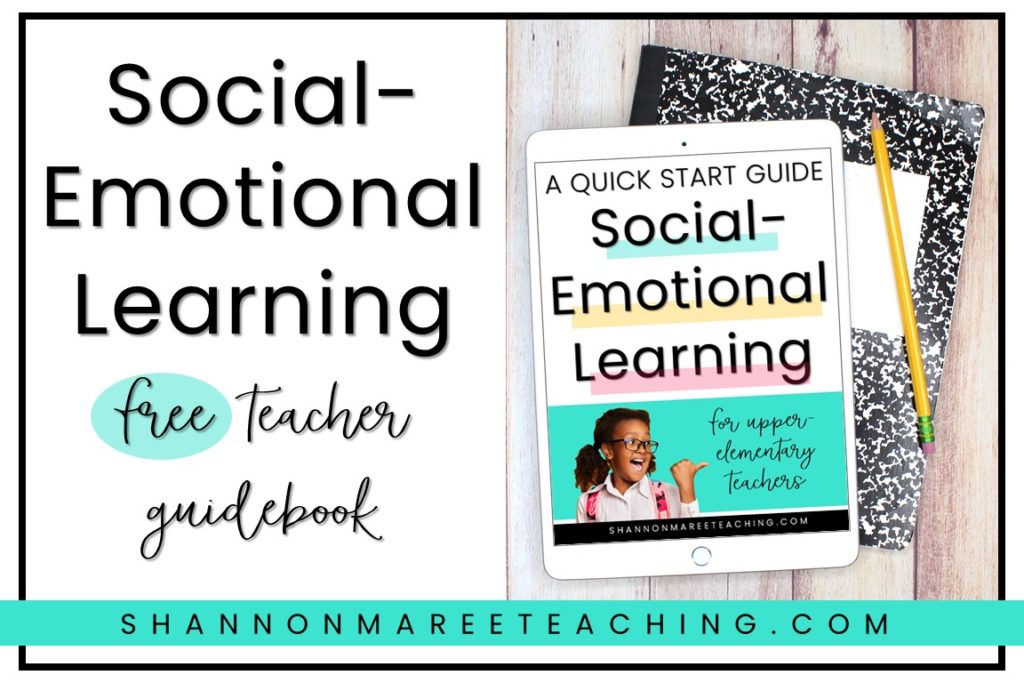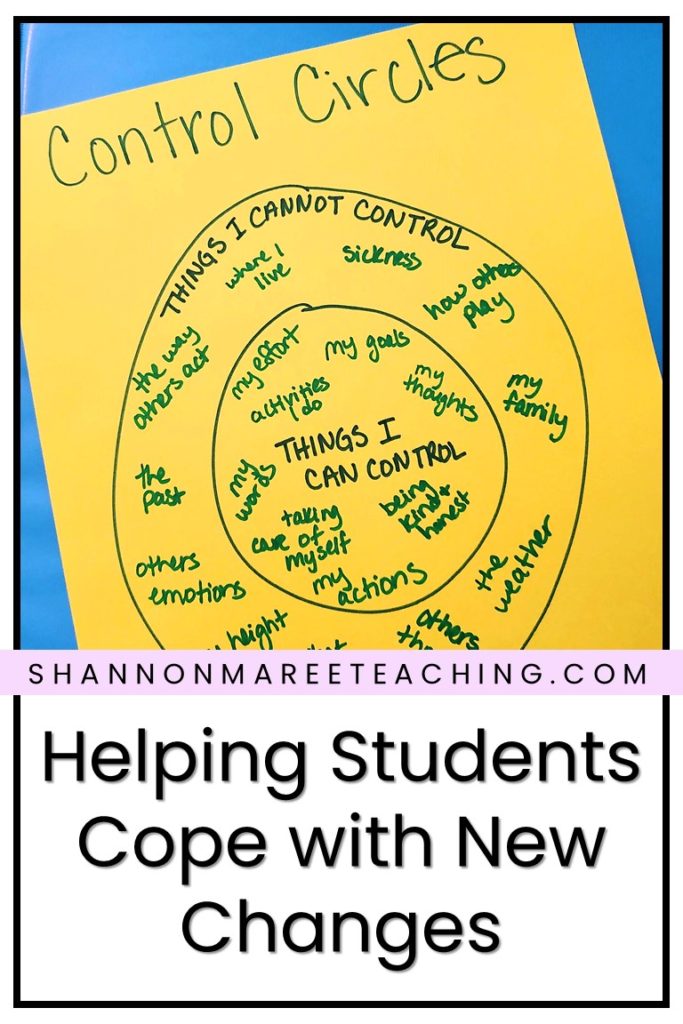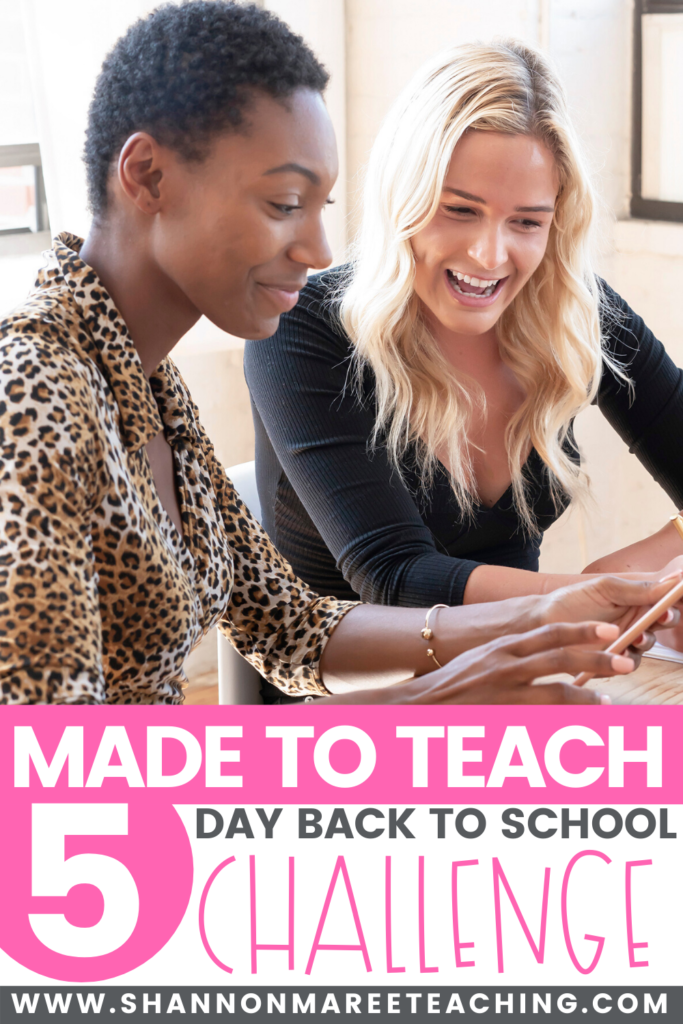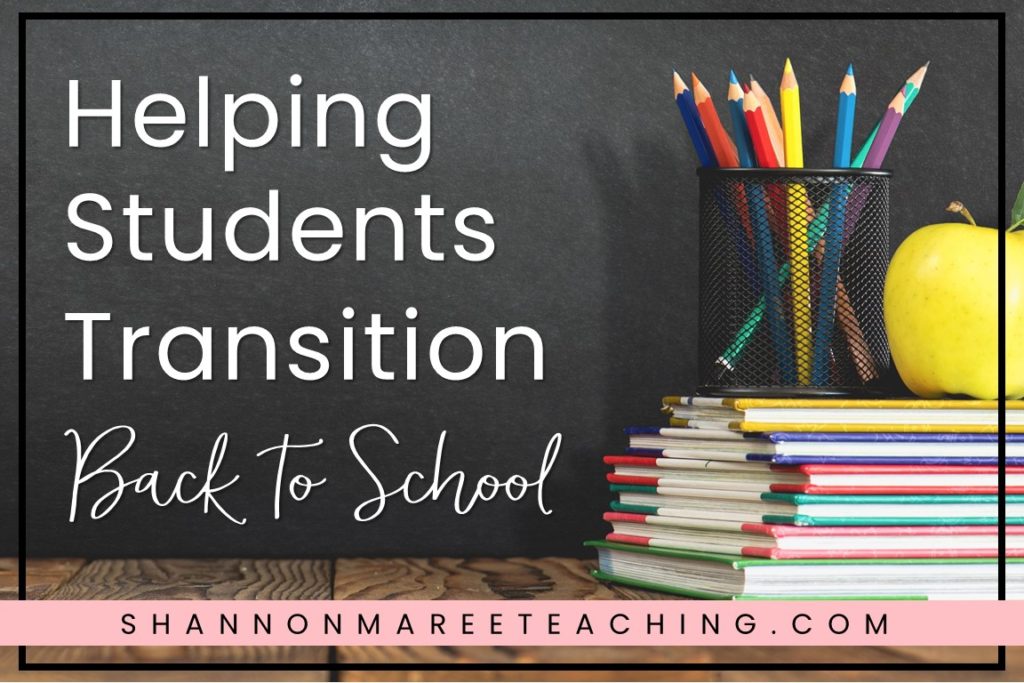
Back to school 2020 is an unparalleled experience for most of us. How can we as teachers best help our students navigate the new schedules, expectations, and norms of school? – Whatever that will look like!
Transitioning Back to School 2020
Here are 10 simple ways we can help students feel safe, connected, and transition back to school this fall.
1: Be honest and straightforward about changes: always bring the reasoning back to keeping everyone healthy and safe. Let students know that teachers and leaders haven’t been in this situation before so things may change as we learn more information but that we’re thinking about the students first when making any decisions.
2: Connect the change with being safe: Have a conversation to express that experts and scientists have put together guidelines to help us stay as safe and healthy as possible. Consider sharing what specific cleaning/changes your school has made to go along with this so they can connect those changes with being safe.
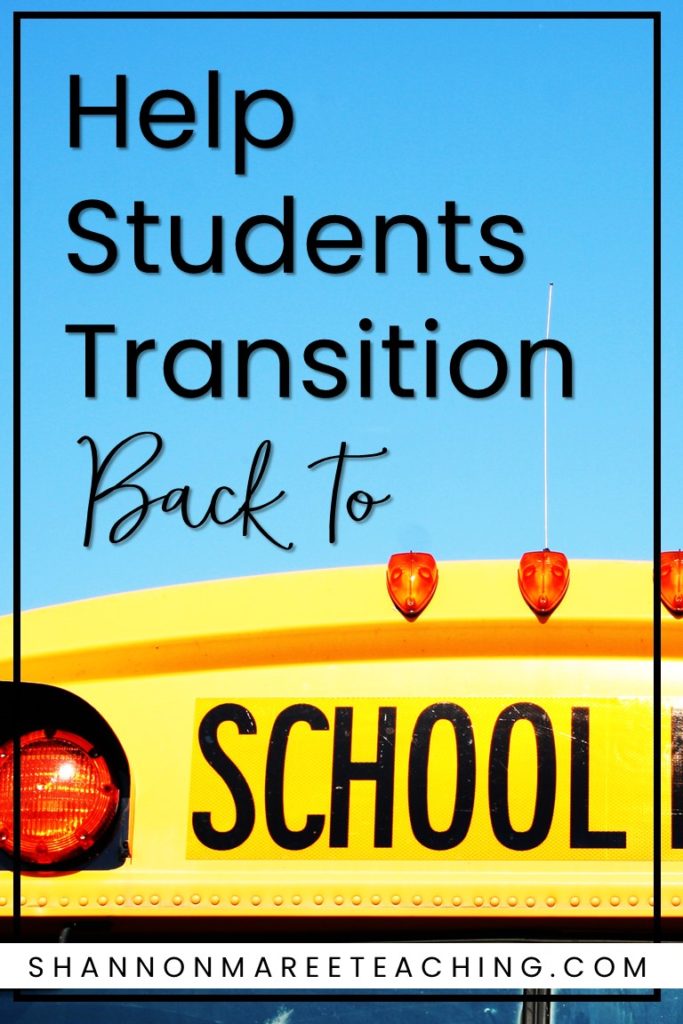
Focus on Student Emotional Well-Being
3: Recognize that many of our students have experienced or may be experiencing trauma. Reach out to experienced and trained support staff as how best to support students in the classroom. Ask your school about opportunities to be trained in trauma-informed teaching or culturally responsive teaching.
4: Use Control Circles: Students often feel anxious and stressed when it seems like everything is out of their control. Help them focus on the positive things they can control vs the things out of their control by doing a quick and easy mini-lesson. It’s a powerful and calming reminder they can refer back to whenever needed.
Actions Speak Louder Than Words -Back to School Ideas
5: Act like Yourself: Students will take their cues from us. If we’re stressed, worried, and upset about changes, they’re more likely to feel that way too. Of course, we’re going to have off days, but the more we can be our positive and upbeat teacher-selves the more our students will be at ease in our classrooms.
6: Brainstorm possible changes together that you can make in the classroom (while following guidelines) to help students feel more connected. Have the students help! Sometimes kids have the best ideas, plus it gives them ownership in the activities.
Two ideas are creating new greetings for when they come in the door each morning (instead of a high five you could do …. spending 10 minutes at the end of a zoom meeting on a Friday sharing something positive, their pet, or a win they had that week.
Have Fun
7: Create new celebrations and rewards to look forward to! Old favorites may temporarily be gone, but that doesn’t mean we can’t make new favorites this back to school 2020 season. Again involve the students as much as possible! Collecting ideas and then doing voting is a great way to let everyone’s voices be heard.
8: Have a place virtual or physical students can go when they need to regulate their emotions (ex: calm down corner or digital calming room – you could also have something as simple as an anchor chart on the wall with smart choices and options they have when they need a minute). Providing students these tools and spaces allows them to engage with how they’re feeling and take positive action towards regulating their emotions, which with repetition can become a habit and go-to response. During distance learning, a digital calming room is an amazing option. I have a pre-made one you’re welcome to use.
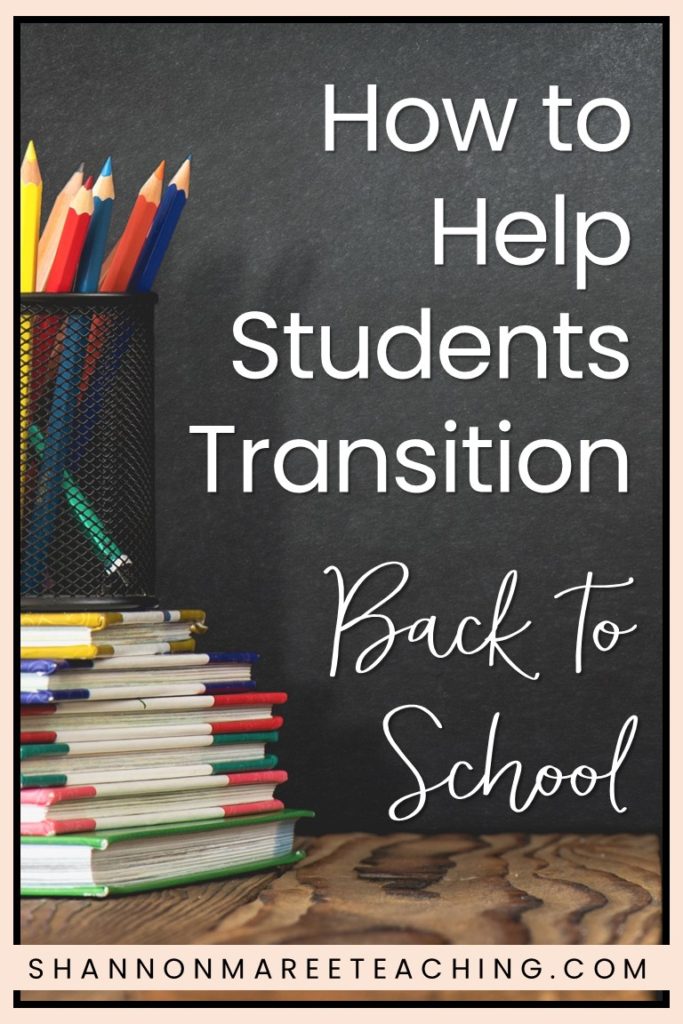
Back to School 2020: Check-Ins
9: Give students time and opportunities to express how they’re feeling:
Check-ins: starting each class with a question like: if you could describe how you’re feeling today using a type of weather what would it be? You can do private check-ins where students submit a google form or write a word/draw a picture on a sticky note – they can be quick and give you a glimpse of where kids are and who might need a little TLC when you have a minute to circulate around to them or reach out virtually
In addition to check-ins, ask students to share how they’re feeling via journal prompts, have “I need to talk” slips accessible, or use popsicle sticks with their number on it. The popsicle stick can be on their desks and each morning when they come in they could put their popsicle stick in a pocket envelope or jar with an emotion listed – it’s private but gives you insight.
During read alouds, you can pause on certain emotions or situations and ask if any students are feeling that way or experiencing something similar that they want to share
Take Care of YOU
10. Take care of you! If you’re looking for a few simple, quick, and easy ways to improve your year the MADE TO TEACH challenge is for you. Join a passionate group of educators for a FREE 5-day challenge that SUPPORTS teacher well-being. It only takes a few minutes a day but will save you hours and sanity this school year!
Don’t miss out on setting yourself up for a successful year with these 5 simple challenges! Be ready for whatever back to school 2020 looks like.
Click here to join us!
PS:*All requests to join will be accepted mid-July*
Are you ready to have your best year yet?
I am!! Have you ever heard of social-emotional learning (SEL)? Ever wondered what it was? If you’re looking for ways to help your students:
– manage their emotions and mental health
– show empathy
–resolve conflict and communicate effectively
-cultivate a community of kindness
–thrive in and out of the classroom…then you need to check out the FREE SEL GUIDEBOOK below!
Spend 10 minutes a day on SEL and BE THE DIFFERENCE MAKER in students’ lives.
